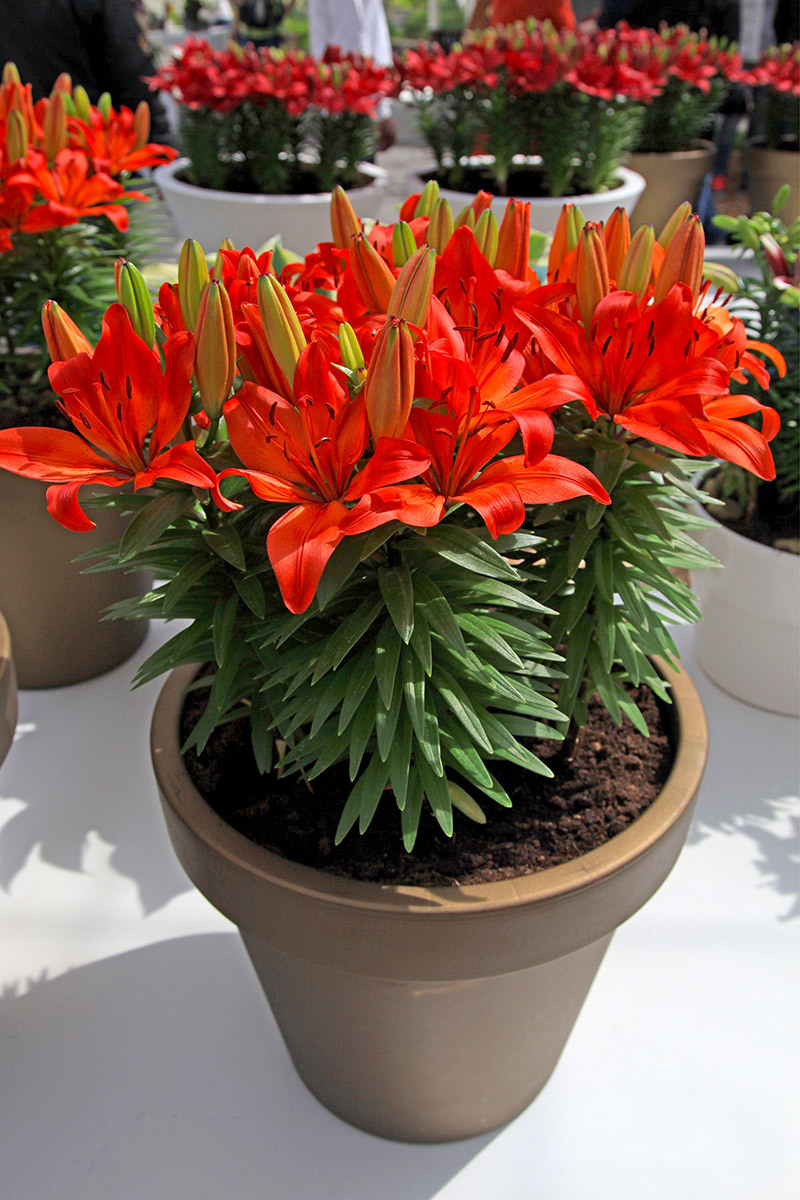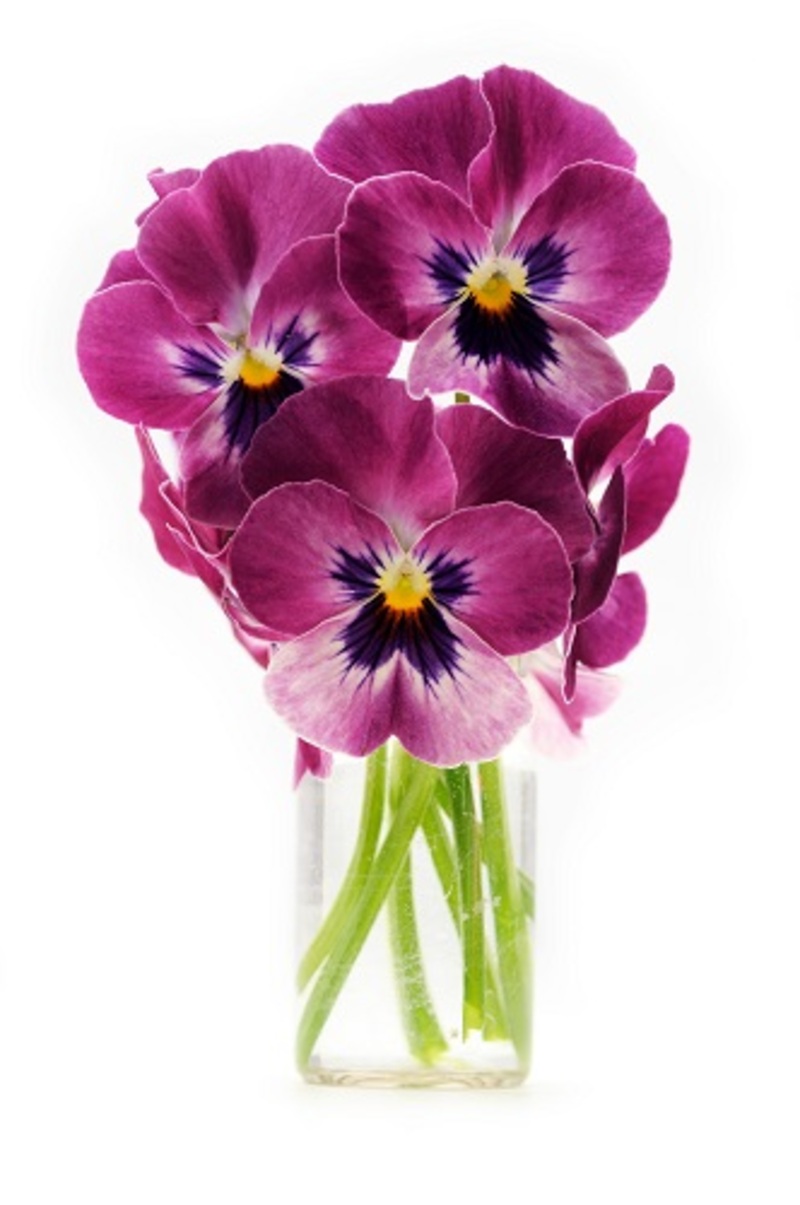Expert Orchid Care Made Easy
Posted on 26/08/2025
Expert Orchid Care Made Easy: Your Complete Guide to Thriving Orchids
Orchids have long been admired for their exquisite beauty, unique shapes, and alluring scents. Yet, many plant lovers shy away from these stunning flowers, thinking orchid care is an art mastered only by horticulturists. The truth? Expert orchid care doesn't have to be complicated. With the right knowledge, anyone can cultivate breathtaking, healthy orchids at home. In this comprehensive guide, we'll walk you through every aspect of taking care of orchids--from choosing the right orchid to troubleshooting common problems--so you can confidently nurture these extraordinary plants.

Understanding Orchids: What Makes Them Unique?
To provide easy orchid care, it helps to know what sets orchids apart. Orchids belong to the Orchidaceae family--the largest and most diverse family of flowering plants on Earth, sporting more than 25,000 species and 100,000+ hybrids. Unlike many common houseplants, most orchids are epiphytes, which means they don't grow in soil but instead anchor themselves to trees or rocks in their natural habitat, absorbing moisture and nutrients from the air and rain.
Popular Types of Orchids for Home Growers
- Phalaenopsis (Moth Orchid): The most popular houseplant orchid, very beginner-friendly.
- Cattleya: Known for their large, fragrant blooms. Often used in corsages.
- Dendrobium: Hardy and available in numerous colors and shapes.
- Oncidium (Dancing Lady): Delicate flowers, often yellow and brown.
- Paphiopedilum (Lady's Slipper): Unique pouch-shaped flowers, likes more moisture.
While requirements vary slightly between species, successful orchid care relies on understanding a few universal needs. Let's break them down.
Orchid Care for Beginners and Enthusiasts: Step-by-Step Instructions
1. Providing the Right Light for Orchids
Light is one of the most crucial elements of orchid plant care. Most commonly cultivated orchids thrive in indirect, bright light--not direct sun, which can scorch their delicate leaves.
- Phalaenopsis: Prefers medium, filtered light. East or north-facing windows are ideal.
- Cattleya & Oncidium: Enjoy brighter conditions (an unshaded south or west window with a sheer curtain works well).
- Tip: Leaf color reveals a lot. Healthy orchid leaves should be a light, bright green. Dark green means too little light, yellowish or red-tinted signals too much.
2. Mastering Orchid Watering Techniques
One of the key steps in expert orchid care is perfecting your watering routine. Overwatering is a common mistake and can quickly lead to root rot.
- Water less, not more: Most orchids need water only when the top inch of their potting media is dry.
- Soak, don't mist: Water thoroughly until it runs out of the drainage holes, then let excess drain away.
- Frequency: Typically once a week, but adjust based on humidity and pot size. Never let orchids sit in water.
Pro Tip: Use tepid water and avoid wetting the leaves or crown, as standing water can cause rot.
3. Humidity and Air Circulation Needs
Orchids hail from humid, airy environments. To mimic this at home:
- Ideal humidity: 40-70%. Place your orchid on a tray filled with pebbles and water or use a room humidifier.
- Airflow: Ensure gentle circulation with an open window or small fan, but avoid direct drafts.
Expert orchid care made easy is about balancing moisture and air--damp, stagnant conditions spell trouble!
4. Choosing the Right Potting Medium and Container
Unlike most houseplants, orchids should not be potted in regular soil. Their roots crave air as much as moisture.
- Potting medium options: Bark, sphagnum moss, coconut husk, perlite, or special orchid mixes.
- Pots: Clear plastic pots are popular for expert orchid care as they allow you to monitor root health and moisture.
- Drainage: Essential for preventing rot. Ensure the pot has generous drainage holes.
5. Fertilizing Orchids: Less is More
Your orchid care routine should include a gentle boost of nutrients, but remember: orchids are light feeders.
- Use a balanced, water-soluble fertilizer (20-20-20 or "orchid food") formulated for orchids.
- Apply at half strength every 2-4 weeks when the plant is actively growing (usually spring to early autumn).
- Flush the potting medium with plain water monthly to prevent fertilizer salt build-up.
6. Temperature and Seasonal Care
Most orchids thrive in temperatures between 65-80?F (18-26?C) during the day and a slight drop at night.
- Avoid cold drafts and sudden temperature changes.
- Some orchids (like Phalaenopsis) need a spell of cooler nighttime temps in autumn to trigger blooming.
7. Repotting Orchids
Repot every 1-2 years, or when the potting medium breaks down or roots crowd the pot. Easy orchid care tip: Choose a container only slightly larger than the previous one, and do so just after flowering.
Troubleshooting: Common Orchid Problems and Solutions
If your orchid isn't thriving, don't panic. With expert orchid plant care tips, most issues are easy to fix:
- Leaves turning yellow? Likely overwatering or too much sunlight. Adjust care routine accordingly.
- Roots browning or mushy? Root rot is a sign of too much moisture. Repot in fresh medium, trim dead roots.
- No blooms? Insufficient light or improper temperature triggers. Increase ambient light, drop nighttime temp slightly.
- Spotted leaves? May indicate disease. Remove infected leaves, ensure good airflow.
- Pests (mealybugs, aphids)? Wipe with a soft, damp cloth and treat with insecticidal soap if necessary.
The Orchid Care Calendar: Seasonal Maintenance Tips
Spring & Summer:
- Growth spurts--ideal for fertilizing and repotting.
- Monitor watering as days heat up and light intensifies.
Autumn:
- Reduce feeding; some orchids need cooler nights to promote buds.
- Minimize repotting--focus on consistent water and humidity.
Winter:
- Less active growth; water and fertilize less.
- Watch for drafts and low humidity from indoor heating.
Myths About Orchid Care--Busted!
Don't let common myths keep you from enjoying orchids. Here are a few misconceptions about orchid plant care:
- "Orchids are fragile." Most common orchids are quite resilient when their basic needs are met.
- "They bloom only once." With proper care, many orchids rebloom yearly and can thrive for decades!
- "They grow in soil." Orchids need fast-draining, airy growing media--not ordinary potting soil.
- "Humidity isn't important." Proper humidity is key for healthy roots and lush blooms.
Why Orchids Are Worth the Effort
Nothing brightens up an indoor space like the exotic elegance of a blooming orchid. Not only do they add beauty, but caring for orchids can be a deeply satisfying hobby.
- Long-lasting blooms: Many orchids flower for months on end with the right care.
- Air purification: Like other houseplants, orchids can help cleanse the air.
- Variety: There's an orchid to suit every taste, color palette, and decor.
- Minimal space, maximum impact: Perfect for small apartments or large homes alike.
Advanced Orchid Care Tips for the Enthusiastic Grower
Ready to take your orchid growing to the next level? Try these expert strategies:
- Keep a care journal: Note watering, fertilizing, and blooming dates for each plant.
- Experiment with mounts: Some growers enjoy fixing orchids to cork bark or driftwood, just as in nature.
- Learn to propagate: Grow your collection by dividing mature orchids or nurturing keikis (baby plants).
- Join orchid societies: Exchange tips with experienced growers and access rare species.

Frequently Asked Questions About Expert Orchid Care
How often should I water my orchid?
Most orchids need watering about once a week, but always check that the top inch of potting media is dry first. Orchid care made easy tip: Less is often more!
When should I repot my orchid?
Repot every 1-2 years, ideally just after your orchid finishes blooming.
How do I get my orchid to rebloom?
Ensure it's getting enough light, maintain healthy temperature variations (cooler nights help!), and fertilize sparingly during the growing season.
What is the best orchid for beginners?
Phalaenopsis (moth orchids) are considered the easiest and most forgiving for new growers.
Conclusion: Master Orchid Care With Confidence
Expert orchid care made easy is entirely achievable with a touch of patience and these practical tips. By focusing on light, water, humidity, proper potting, and observing your plant's needs, you'll unlock the secret to vibrant, long-lasting blooms. Whether you're a beginner or a seasoned plant enthusiast, growing orchids can become one of the most rewarding aspects of your plant journey.
Embrace the beauty of orchids in your home--and let expert care become second nature.
Latest Posts
Guide to Prolonged Poinsettia Brilliance
Hidden Sunflower Information That Will Surprise You






